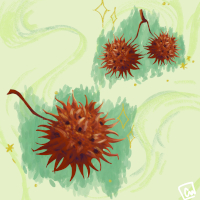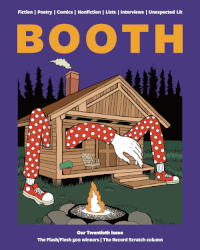Non-fiction by Kelsea Habecker
Author's note: For five years I lived in the Arctic, on the northern slope of the globe. I lived a calendar of winter. I went north to be a teacher in a remote and isolated Inupiaq Eskimo village in northwestern Alaska, on the shore of the Arctic Ocean.
Migration
When you travel to the Alaskan Arctic—a three hour flight from Anchorage—you see no imprint of civilization. No lights, no development. You pass over the Arctic Circle at 66 degrees latitude. Of course nothing delineates it except a gradual absence of trees, which can’t grow above the Arctic Circle; there’s not enough daylight, not enough heat.
To your right—East—is the snow covered tundra of northern Alaska, and beyond the tundra loom the icy peaks of the Brooks Range. To your left—West—is the Arctic Ocean, which is frozen—or should be—for nine months each year, and beyond that is the Russian Far East. On clear days, you can see Russia. That is, when the sky is clear and the ground is free of snow, you can make out the fine line on the horizon that is the edge of Russia’s land mass. In winter, when the waves freeze to bridge the two continents, it’s all just one endless expanse of ice.
Notice what happens now: You’ll lose all perspective. Without any of the familiar points of reference—trees, buildings—your mind suddenly can’t even discern how low to the earth you’re flying. What’s your position? How can you tell?
You lose yourself in the hum of the propellers and the enormous chiseled silence beneath you. All you see are endless undulations and gradations of white.
The atmosphere becomes one continuous loop without boundaries, a circle of space holding you in.
Or setting you free.



